Which Electric Vehicles Are Most Available Right Now?

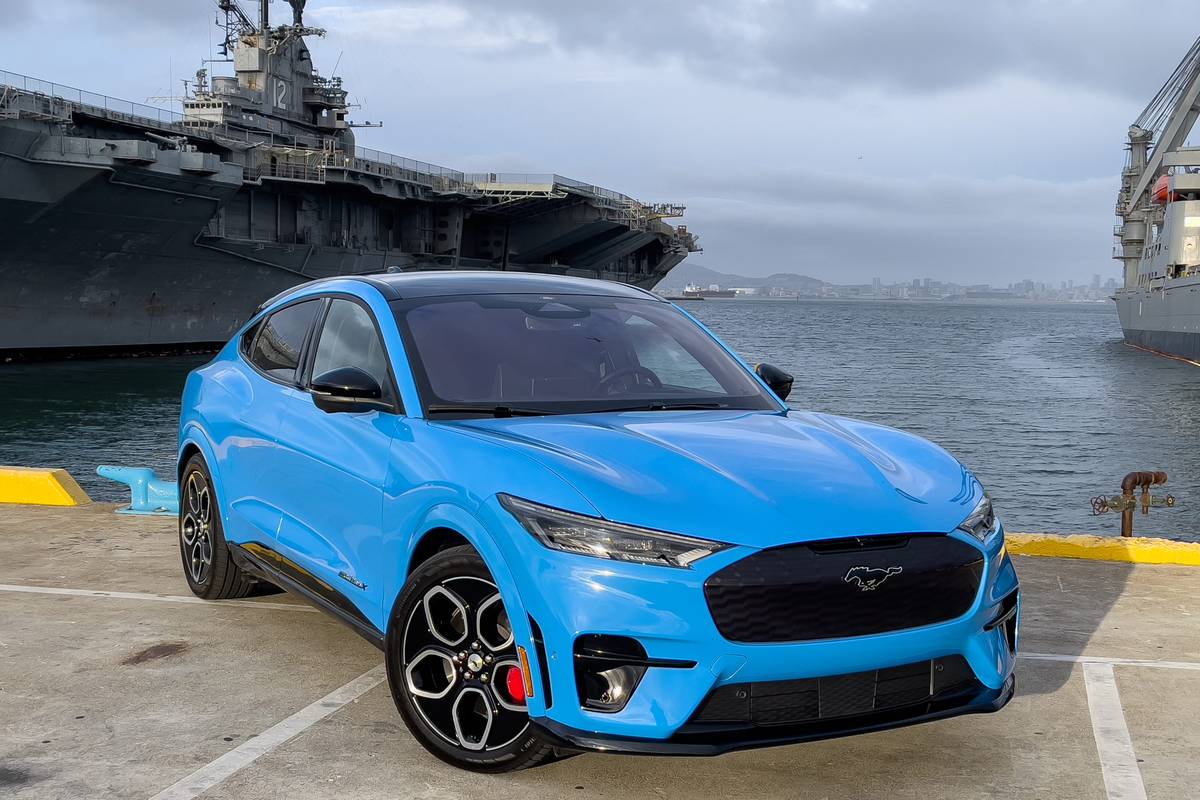
The ongoing inventory shortage coupled with the recent surge in gas prices has put shoppers in a difficult position: Is now the right time to buy a new car? And if so, should it be gas-powered or electric? Electric vehicles have dodged some hurdles that hindered internal-combustion vehicle production, but inventory for many remains low. And while EV ownership takes rising gas prices out of the equation, the total costs of purchase and ownership may be greater.
Related: Here Are the 11 Cheapest Electric Vehicles You Can Buy
To help shoppers identify which all-electric vehicles may be easier to find at dealerships, we looked at new EV inventory among Cars.com dealers as of February. Another predictor of vehicle availability is the amount of time a specific model remains on the dealer lot before it’s purchased; typically, the higher the average days on the lots, the less scarce a specific model will be. J.D. Power’s February sales forecast — which includes gas-only, hybrid and electric cars — estimates that nearly 53% of vehicles are sold within 10 days of arriving at a dealership and that the average car sells within 20 days (down from 54 a year prior).
Are EVs Easier to Find?
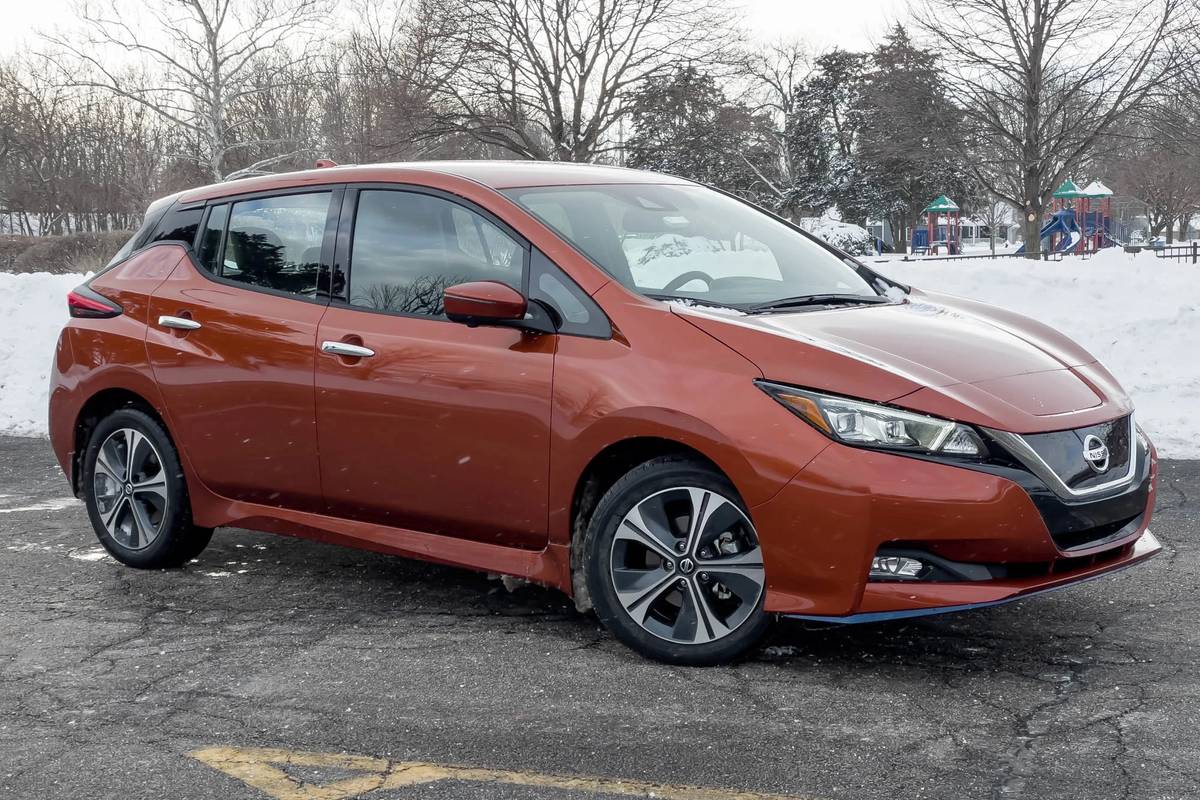
According to Sam Fiorani, vice president of global vehicle forecasting at automotive analytics firm AutoForecast Solutions, EVs have been spared from the major semiconductor shortage plaguing gas-only models.
“Because electric vehicles tend to feature fewer legacy [systems], they have the ability to avoid many of the more severe semiconductor shortages,” wrote Fiorani in an email to Cars.com. “Chips across the board are hampering production of virtually everything, but internal-combustion vehicles usually rely on older chip designs, which are less profitable to chip makers and less desirable for them to produce. This removes some of the hurdles to EV production.”
Despite this advantage, EVs haven’t escaped the inventory struggles. For example, inventory for new Nissan Leaf vehicles among Cars.com dealers was down 62% from Feb. 2019 to Feb. 2022.
Other factors that could favor EV shoppers during the inventory shortage are the growing incentive for automakers to produce more EVs combined with a relatively slow adoption rate. According to Fiorani, fewer than 1 in 25 vehicles sold in the U.S. in 2021 were fully electric, and the majority of cars sold in 2022 will be gas-powered.
New EVs Ranked by Average Inventory
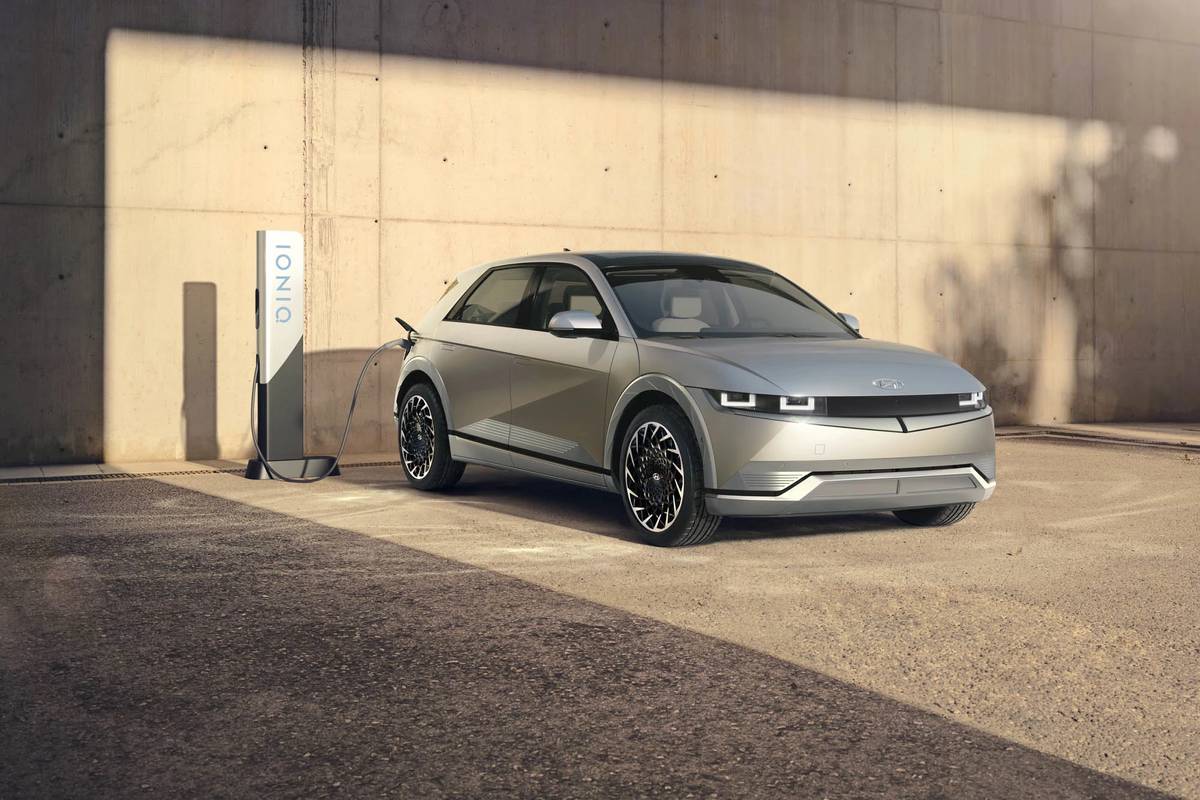
Below is a list of new all-electric vehicles available in most states ranked by average monthly inventory among Cars.com dealers. We also include the average number of days each EV spent on dealer lots and its median price. All data are from February.
The vehicles with the highest inventory — the Hyundai Ioniq 5 and related Kia EV6 — recently went on sale. Meanwhile, the Chevrolet Bolt EV and Bolt EUV are under an active recall for a defective battery, though production is expected to restart in April. Shoppers that purchase either Bolt prior to that date should check with the dealer about the status of the vehicle’s battery replacement.
A notable omission is Tesla. Because the automaker only sells vehicles directly to consumers, data for new-vehicle inventory and average days on dealer lots is not available. Instead, an analysis of used Teslas is provided in a separate list. Other exclusions are Rivian and Lucid, as both companies’ vehicles are too new to provide a sufficient sample size.
1. Hyundai Ioniq 5: 2,696 (average inventory); 14 (average days on dealer lot); $49,712 (median price)
2. Kia EV6: 2,024; 9; $52,345
3. Ford Mustang Mach-E: 1,905; 32; $54,047
4. Chevrolet Bolt EUV: 1,860; 140 ; $36,125
5. Kia Niro EV: 1,432; 25; $42,420
6. Volkswagen ID.4: 1,151; 23; $45,425
7. Nissan Leaf: 888; 21; $32,124
8. Chevrolet Bolt EV: 722; 201; $33,184
9. Audi E-Tron: 715; 17; $76,238
10. Porsche Taycan: 322; 24; $110,150
11. Volvo XC40 Recharge Pure Electric: 274; 19; $58,511
12. Audi E-Tron GT: 176; 36; $104,885
13. Polestar 2: 164; 37; not available
14. Hyundai Kona EV: 128; 37; $40,573
15. Mini SE Hardtop: 119; 13; $34,489
16. Porsche Taycan Cross Turismo: 53; 16; $119,106
Used Tesla Inventory
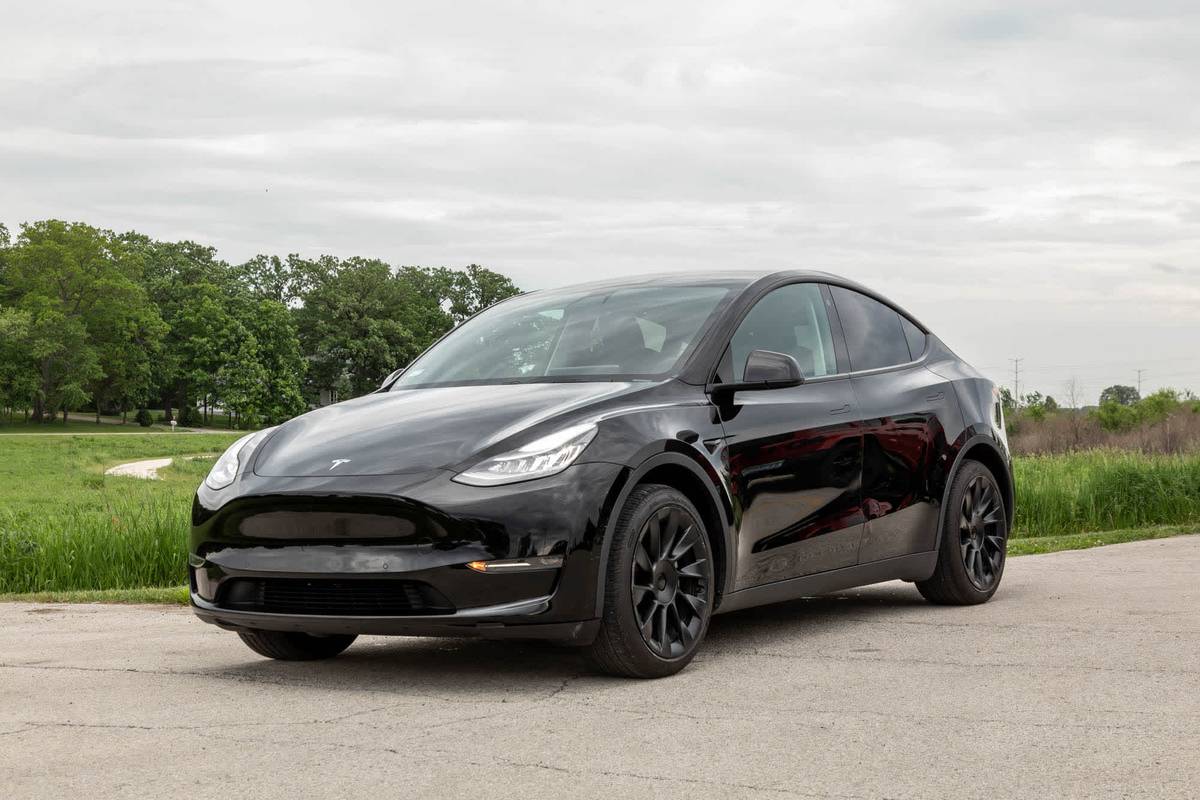
Since new Tesla vehicles are not included in Cars.com dealer inventory, we listed all used Tesla models from 2020-22 along with their average inventory, average days on dealer lots and median price as of February. Used Tesla inventory — especially for the Model 3 sedan and Model Y SUV — indicates that they may be easier to find than many new EVs covered above.
1. Tesla Model 3: 12,764; 30; $51,295
2. Tesla Model Y: 4,456; 28; $65,838
3. Tesla Model S: 662; 42; $101,786
4. Tesla Model X: 315; 23; $104,439
Is an EV Right for You?
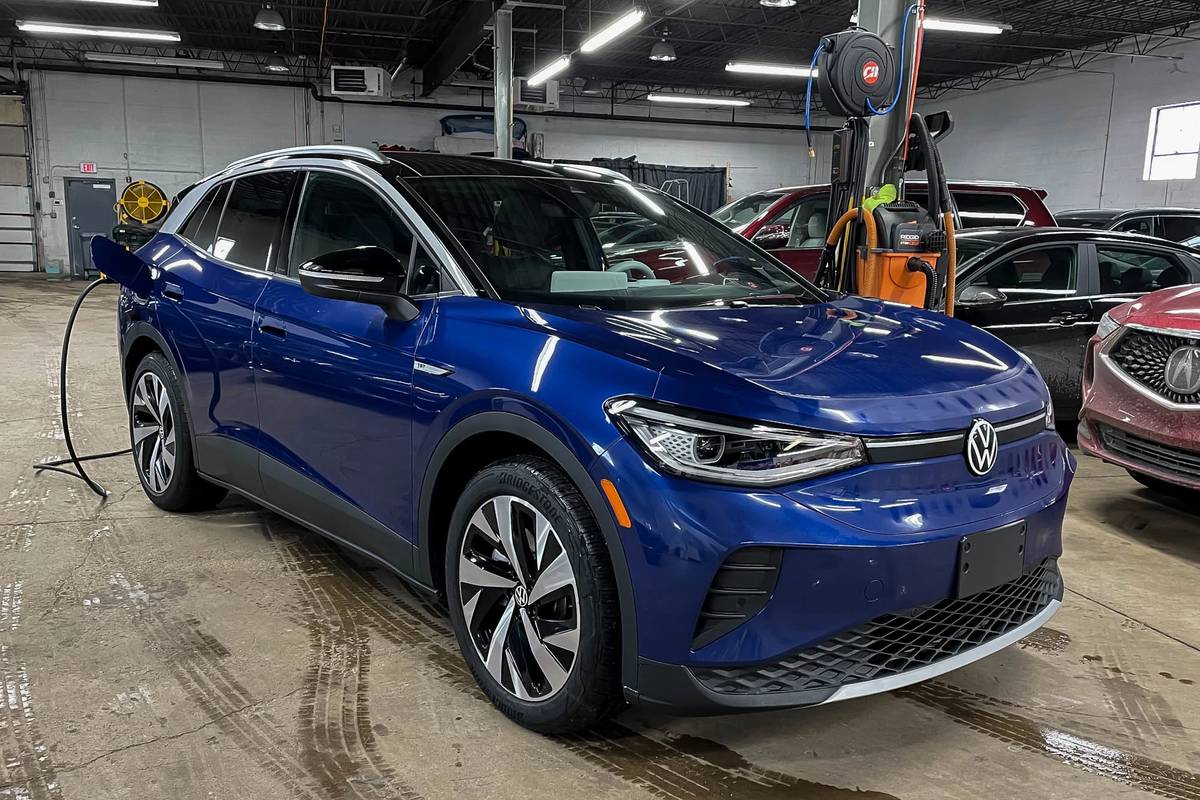
EV ownership requires more planning compared to a gas-powered vehicle, which means inventory constraints and rising gas prices should not be the only reasons to go electric. Longer-term considerations include ownership costs, charging, range requirements and future market conditions.
Costs
The median price for all new vehicles among Cars.com dealers as of February 2022 was $38,790. Only four of the listed EVs above (the Chevy Bolt EV and Bolt EUV, Nissan Leaf and Mini SE Hardtop) have a lower median price, and many carry a significantly higher price tag. A federal EV tax credit of up to $7,500 may help offset the price premium on some eligible vehicles, however. Additional ownership expenses include the costs of charging and home charger installation, with the latter averaging nearly $4,000 for the Cars.com Editorial staff.
Range and Charging
Shoppers should also factor in an EV’s maximum range to determine if it fits their driving needs. While filling up a gas-powered car on a long commute or road trip is usually easy, finding an EV charging station on the go can prove more challenging. An EV — especially a shorter-range one — may be better suited as a secondary commuter vehicle, particularly when paired with home charging.
Future Outlook
The impact of the microchip shortage and the war in Ukraine will continue to challenge inventory, especially among European automakers. Fiorani predicts that VW and its Audi and Porsche brands’ EV production will be impacted for the U.S. market, with the Volkswagen ID.4 taking the biggest hit (but only temporarily).
“The conflict in Ukraine will slow production of European EVs, primarily,” writes Fiorani. “For buyers looking to acquire an affordable EV, only the Volkswagen ID.4 will see any significant disruption. While VW looks for alternative sources of components, they will begin to produce this model in Tennessee, which will greatly improve its availability as the year comes to an end.”
The inventory shortage among all types of vehicles is expected to gradually improve through the remainder of 2022 and into 2023.
More From Cars.com:
- How Much Does It Cost to Charge an Electric Car?
- Best Electric Vehicle of 2022
- Electric Cars With the Longest Range
- How Long Will the Vehicle Inventory Shortage Last?
- How Does the Inventory Shortage Impact Leasing?
Related Video:
Cars.com’s Editorial department is your source for automotive news and reviews. In line with Cars.com’s long-standing ethics policy, editors and reviewers don’t accept gifts or free trips from automakers. The Editorial department is independent of Cars.com’s advertising, sales and sponsored content departments.

Former News Editor Jane Ulitskaya joined the Cars.com team in 2021, and her areas of focus included researching and reporting on vehicle pricing, inventory and auto finance trends.
Featured stories



